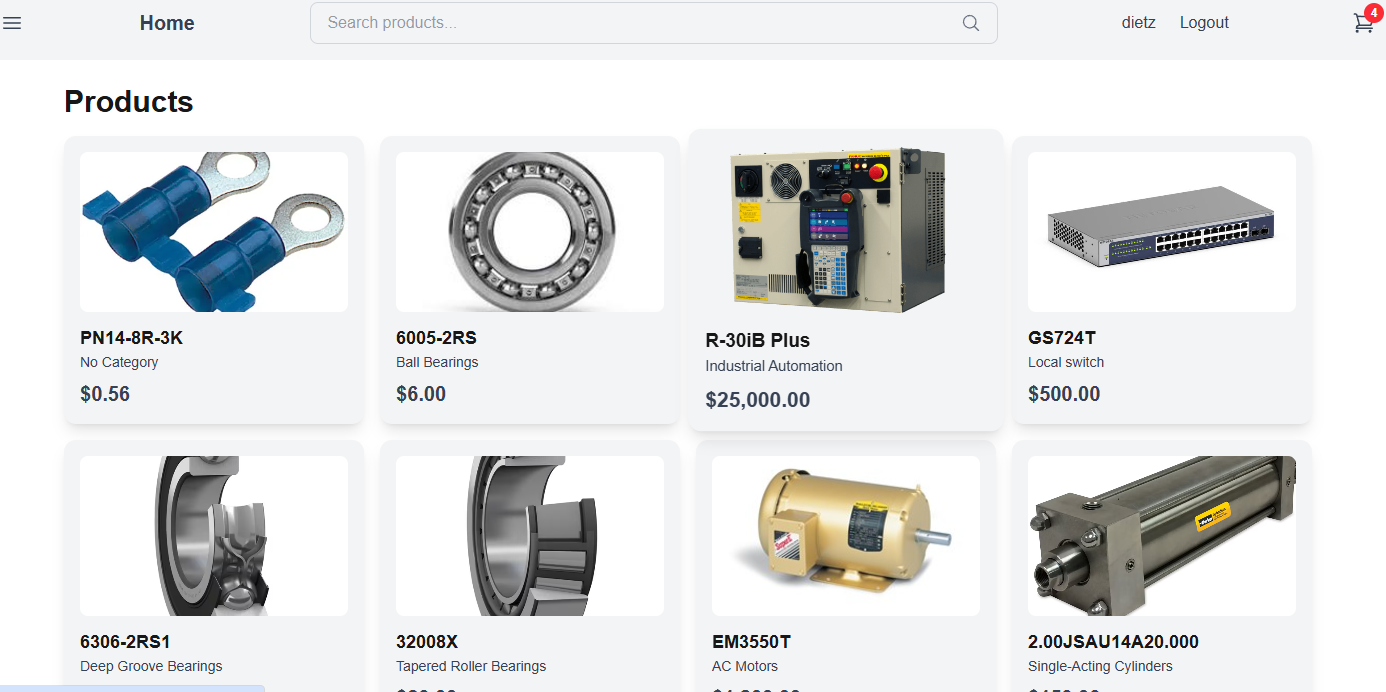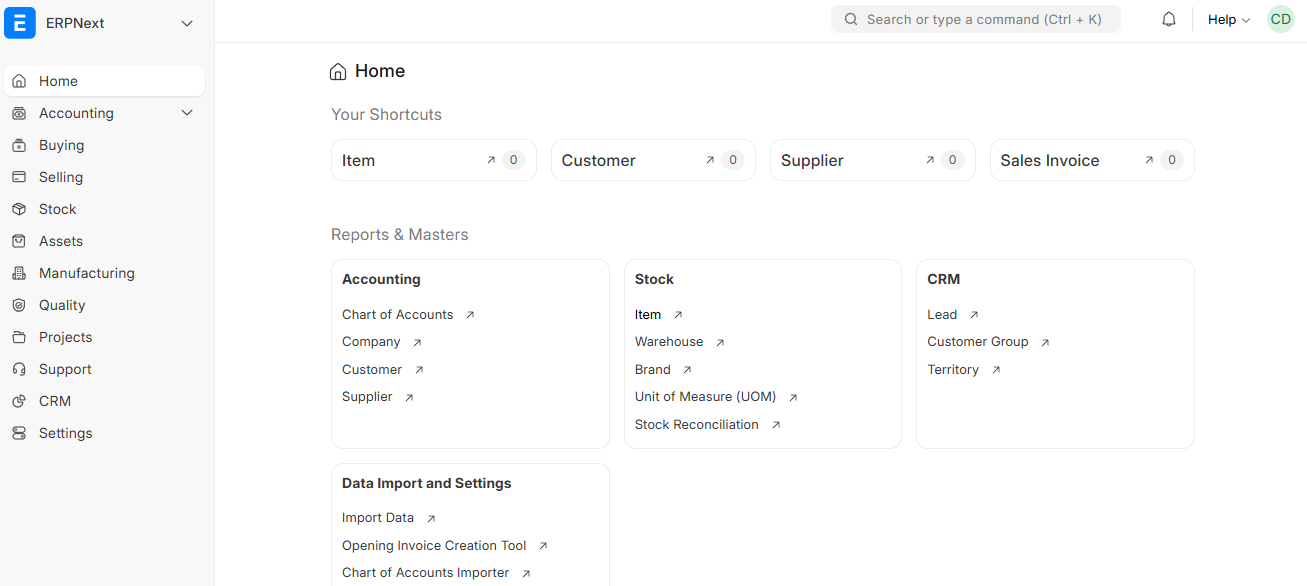Aventrek: Technical Deep Dive
This is an overview of the development of a full-stack e-commerce platform designed for industrial parts distribution, emphasizing scalability, security, and performance in constrained environments. As the sole developer, I managed the entire development lifecycle: requirements gathering, system architecture, API integrations, DevOps, security testing, and operational documentation. The platform integrates advanced search, AI-driven support, ERP automation, and robust networking to deliver a seamless experience for industrial clients.
Backend and Database
The backend leverages Django REST Framework with PostgreSQL for transactional integrity and structured data storage. A polyglot persistence model integrates a Node.js + Express microservice with MongoDB for high-speed, unstructured part searches.
Key implementations include:
- Custom API endpoints for real-time vendor data fetching (e.g., DigiKey, Mouser) using OAuth 2.0 and JSON parsing for live pricing and lead times.
- Database indexing on frequently queried fields (e.g., part numbers, categories) to optimize search and filter performance.
- Integration with Amazon SES for automated transactional emails (order confirmations, status updates).
- Secure payment processing via Stripe, with server-side checkout session management and frontend Stripe Elements integration to ensure PCI compliance.
AI and Vendor Integrations
The platform leverages external APIs to enhance functionality and user experience.
- Implemented OpenAI API via Django for product compatibility checks and part selection guidance.
- Connected to vendor APIs (e.g., DigiKey) for real-time pricing, availability, and lead time updates.
- Integrated UPS API for real-time shipping quotes.
Why It Matters
This platform addresses critical gaps in industrial e-commerce by providing a secure, scalable, and user-friendly solution for part procurement and support. It empowers non-technical users with AI-driven tools, ensures real-time data accuracy via vendor integrations, and operates reliably in resource-constrained environments. The combination of modern web technologies, robust networking, and ERP automation makes it a versatile solution for industrial clients.
Too good to be true? see it for yourself...
Visit Site


